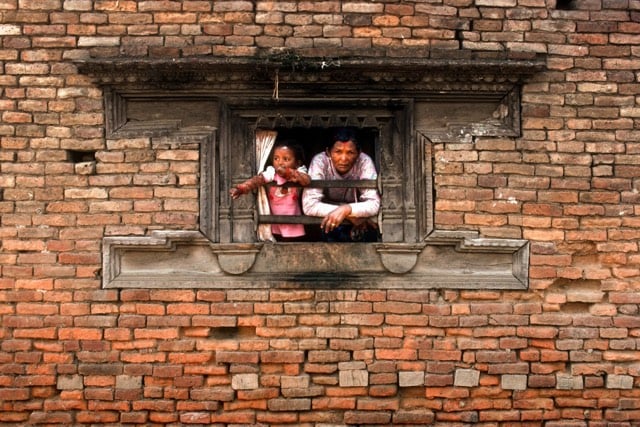Old Katmandu
From Kevin Kelly, a collection of photos he took of Katmandu, Nepal in 1976.



Nepal was recently affected by a 7.8 earthquake, which resulted in the deaths of more than 6000 people and much property damage.
Katmandu was an intensely ornate city that is easily damaged. The carvings, details, public spaces were glorious. My heart goes out to its citizens who suffer with their city. As you can see from these images I took in 1976, the medieval town has been delicate for decades. Loosely stacked bricks are everywhere. One can also see what splendid art has been lost. Not all has been destroyed, and I am sure the Nepalis will rebuild as they have in the past. Still, the earthquake shook more than just buildings.
If you look carefully you may notice something unusual about these photos. They show no cars, pedicabs, or even bicycles. At the time I took these images, Katmandu was an entirely pedestrian city. Everyone walked everywhere. Part of why I loved it. That has not been true for decades, so this is something else that was lost long ago. Also missing back then was signage. There are few signs for stores, or the typical wordage you would see in any urban landscape today. Katmandu today is much more modern, much more livable, or at least it was.





Stay Connected